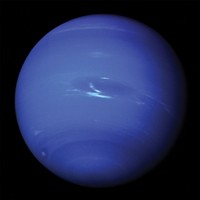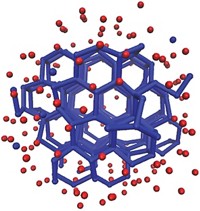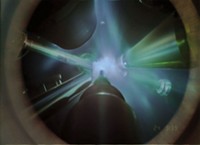Advertisement
Grab your lab coat. Let's get started
Welcome!
Welcome!
Create an account below to get 6 C&EN articles per month, receive newsletters and more - all free.
It seems this is your first time logging in online. Please enter the following information to continue.
As an ACS member you automatically get access to this site. All we need is few more details to create your reading experience.
Not you? Sign in with a different account.
Not you? Sign in with a different account.
ERROR 1
ERROR 1
ERROR 2
ERROR 2
ERROR 2
ERROR 2
ERROR 2
Password and Confirm password must match.
If you have an ACS member number, please enter it here so we can link this account to your membership. (optional)
ERROR 2
ACS values your privacy. By submitting your information, you are gaining access to C&EN and subscribing to our weekly newsletter. We use the information you provide to make your reading experience better, and we will never sell your data to third party members.
Physical Chemistry
Scientists find the smallest number of water molecules that can form ice
Experiments and simulations clarify how freezing happens in nanosized droplets
by Sam Lemonick
November 7, 2019
| A version of this story appeared in
Volume 97, Issue 44
Ninety molecules—plus or minus 10—is the threshold at which nanosized water droplets can form ice crystals such as those we see in snowflakes or ice cubes, according to a new study (Proc. Natl. Acad. Sci. U.S.A. 2019, DOI: 10.1073/pnas.1914254116).
Previous theoretical studies put that lower limit at between 100 and 300 water molecules. Now, Valeria Molinero of the University of Utah, Francesco Paesani of the University of California San Diego, Thomas Zeuch of the University of Göttingen, and colleagues have combined experimental and theoretical work to find a more precise answer.
The researchers generated water clusters of varying sizes at temperatures between 40 and 150 K using a high-pressure nozzle. Infrared spectroscopy revealed that crystalline-ice hydrogen bonds form between molecules in clusters of about 90 molecules and bigger at around 150 K. Up to about 150 molecules, the molecules in these clusters oscillate between the solid and liquid phases. The researchers used their experimental results to fine-tune molecular dynamics simulations of similarly sized clusters and showed that they could reproduce their experimental spectroscopic results.
Clusters of these sizes exist inside large proteins and some materials, so the researchers think that this work will help predict water’s behavior in those situations. They also say that nanosized systems of other molecules are likely to have similar regimes in which bulk characteristics take over and phase oscillations may exist, even systems with liquid-liquid rather than liquid-solid phase separations.





Join the conversation
Contact the reporter
Submit a Letter to the Editor for publication
Engage with us on Twitter